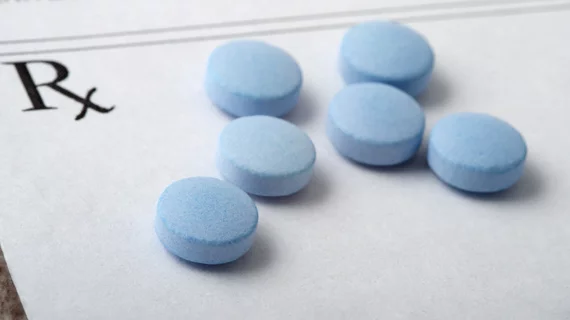CMS updates drug spending dashboards
CMS has updated its drug spending dashboards with data for 2017, adding information for “thousands” more drugs included in Medicare Parts B and D and Medicaid to its publicly accessible database.
This update, the first since the Trump administration first released its version of the drug dashboards last May, includes traditional pricing and spending data but builds on its predecessors with added information about which manufacturers are responsible for price hikes, according to a release. The dashboards focus on the average spending per dosage unit for prescription drugs paid under Medicare Parts B and D and Medicaid, tracking any changes over time.
In the release, CMS Administrator Seema Verma said the update is part of the current administration’s efforts to increase price transparency in healthcare. Other recent initiatives have pressed for more price transparency in television drug commercials and an end to pharmacy gag clauses.
“The dashboards pinpoint the sources of rising prescription drug prices to help guide our continued work to address this problem,” she said. “From 2013 to 2017, prescription drug spending grew at an average annual rate of 10.6 percent in Medicare Part D, 10 percent in Part B and 14.8 percent in Medicaid—this is one of our fastest areas of growth.”
According to CMS, total gross spending on prescription drugs in 2017 was $154.9 billion for Medicare Part D, $30.4 billion for Part B and $67.6 billion for Medicaid.
The updated spending dashboards can be accessed here.

